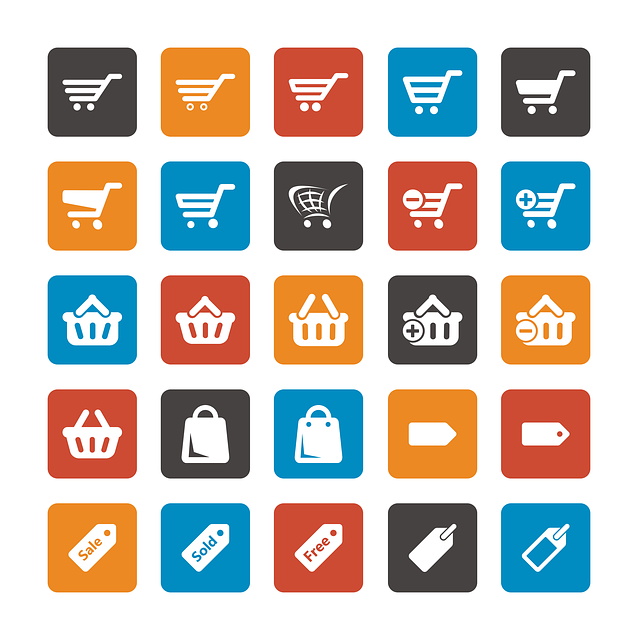The integration of chatbots into ecommerce has transformed customer engagement, offering 24/7 support and personalized experiences through advanced NLP technologies. Free chatbot solutions enhance shopping by handling multiple conversations simultaneously, providing immediate assistance, and guiding shoppers through purchases. Key features to prioritize include accurate query understanding, seamless platform integrations for personalized interactions, and real-time inventory updates. Optimal deployment involves regular script updates, targeted personalization, proactive messaging, and continuous testing for refinement in the competitive ecommerce landscape.
In today’s digital landscape, chatbots are revolutionizing customer engagement in the ecommerce sector. This article explores the rising trend of chatbots within ecommerce, highlighting their transformative power on customer experiences. We delve into the numerous advantages of implementing a free chatbot for your online store, focusing on key features and integrations to consider. Additionally, discover best practices for deploying and optimizing your free ecommerce chatbot to maximize its impact.
- The Rise of Chatbots in Ecommerce: Transforming Customer Engagement
- Advantages of Implementing a Free Chatbot for Your Online Store
- Key Features and Integrations to Consider in a Free Chatbot Solution
- Best Practices for Deploying and Optimizing Your Free Ecommerce Chatbot
The Rise of Chatbots in Ecommerce: Transforming Customer Engagement

In recent years, the integration of chatbots in ecommerce has sparked a significant transformation in customer engagement strategies. These virtual assistants are no longer just a novelty; they have become an integral part of the modern online shopping experience. With their 24/7 availability and ability to handle multiple queries simultaneously, chatbots offer a level of convenience and personalization that was previously unattainable. Customers can now receive instant support, get product recommendations, and even complete purchases without ever interacting with a human agent.
The rise of chatbots in ecommerce is driven by advanced natural language processing (NLP) technologies that enable them to understand and respond to customer queries more accurately than ever before. This has led to increased customer satisfaction and loyalty, as shoppers appreciate the efficiency and convenience these tools provide. As ecommerce continues to grow, so does the importance of chatbots in enhancing user experiences and driving sales.
Advantages of Implementing a Free Chatbot for Your Online Store

Implementing a free chatbot for your online store offers numerous advantages that can significantly enhance customer experience and drive sales. Chatbots provide 24/7 availability, instantly responding to customer queries and offering immediate assistance, which is crucial in today’s fast-paced digital era. Customers appreciate instant answers to their questions about products, shipping, or returns, leading to increased satisfaction and a better shopping experience.
Moreover, free chatbots can handle multiple conversations simultaneously, allowing businesses to scale their customer support without additional costs. They can guide customers through the purchase process, offer personalized product recommendations based on browsing history, and even provide post-purchase support, thereby increasing the chances of conversions. By integrating a chatbot into your ecommerce platform, you’re essentially adding a virtual assistant that contributes to improved efficiency, higher sales, and better customer retention.
Key Features and Integrations to Consider in a Free Chatbot Solution

When exploring free chatbot solutions, there are several key features and integrations to consider, especially for businesses looking to implement a chatbot in ecommerce. Firstly, ensure the chatbot offers natural language processing (NLP) capabilities, enabling it to understand and respond to customer queries accurately. This is essential for enhancing user experiences, particularly in a fast-paced shopping environment.
Additionally, look for seamless integration with your existing ecommerce platform or cart system. A free chatbot solution that can sync with your store’s data allows for personalized interactions, such as recommending products based on browsing history or providing real-time inventory updates. These integrations streamline operations and can significantly improve customer engagement and sales conversions in the world of ecommerce.
Best Practices for Deploying and Optimizing Your Free Ecommerce Chatbot

Implementing a free chatbot in e-commerce can greatly enhance customer experience and drive sales, but optimal deployment is key. Best practices include ensuring seamless integration with existing platforms to provide a smooth shopping journey. Regularly update chatbot scripts to improve conversational flow and accuracy, addressing common queries and adapting to new product offerings.
Personalization is another vital aspect. Tailor chatbot responses based on user behavior and preferences, offering targeted recommendations and promotions. Proactive messaging, where the chatbot initiates conversations with relevant offers or product updates, can boost engagement. Continuous testing and analysis using tools like A/B testing will help identify areas for improvement, ultimately refining the chatbot’s performance in the competitive e-commerce space.
The integration of free chatbots into ecommerce is not just a trend, but a necessary step for businesses aiming to enhance customer engagement and satisfaction. As discussed, these AI-driven tools offer numerous advantages, from providing instant support to gathering valuable customer insights. By selecting the right chatbot with key features like natural language processing and seamless integrations, retailers can transform their online stores into dynamic, user-friendly experiences. Following best practices for deployment and optimization ensures chatbots become powerful assets, driving sales and fostering loyal customer relationships in the competitive ecommerce landscape.
